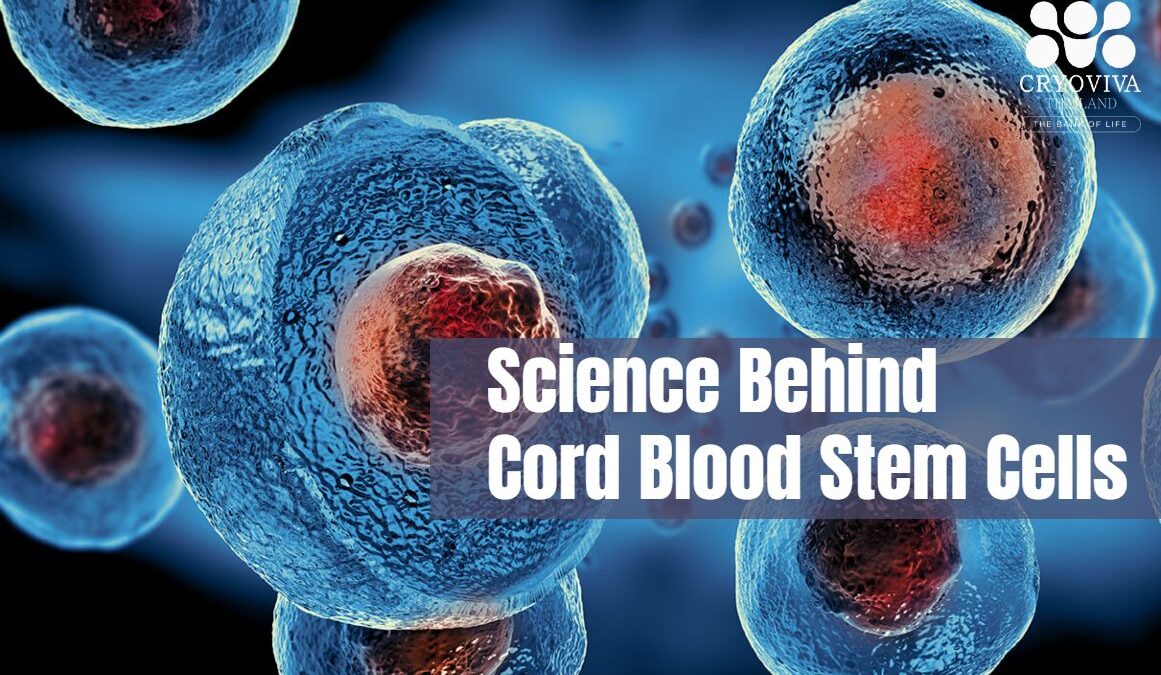Using cord blood stem cells in regenerative medicine holds great potential for treating various ailments. After birth, these cells are found in the umbilical cord and the placenta. They have the potential to develop into a variety of other cell types. This blog will investigate the science underlying cord blood stem cells, including their distinctive characteristics and the research applications that are now in use, which describe their potential use in the future of medicine.
Understanding the Science Behind Stem Cells
Stem cells are unique cells found in tissues such as cord blood that can develop into many cell types in the body. Cord blood stem cells, or pluripotent cells can differentiate into cells that make up tissues and organs. Cord blood contains hematopoietic stem cells, which are significant because they can develop into blood and immune system cells such as red blood cells, white blood cells, and platelets.
Process to Extract the Stem Cells
After birth, cord blood stem cells are extracted from the umbilical cord and placenta. When the umbilical cord is cut after birth, it still contains significant blood. This cord blood is typically thrown as medical waste. However, it is a rich source of stem cells.
Here is the description of the collection process of cord blood stem cells:
- The umbilical cord is clamped and cut from the baby after the birth.
- Cord blood is collected from the umbilical cord vein by experts.
- The collected cord blood is safely packed in proprietary transfer kits and, within 24 hours, reaches the stem cell labs.
- The sample quality is evaluated, and all the required tests are conducted for maximum safety and to ensure viability.
- The cord blood is processed by patented technologies to yield the maximum number of stem cells.
- The end product is stored at -196 degrees Celsius for 21 years.
Read also: What Is Umbilical Cord Clamping and It’s Type
Properties of cord blood stem cells
Here are the properties of cord blood stem cells that make them highly potential to be used for stem cell research for regenerative therapies:
Plasticity – It can differentiate into various cell types, including blood, immune, neural, and endothelial cells. It allows them to regenerate and repair damaged tissues.
Proliferation – Cord blood stem cells multiply easily in laboratories and can be expanded for therapeutic purposes.
Immaturity – Cord blood stem cells are obtained early in development and are thus immunologically “naive.” It reduces the risk of rejection if used by family members.
Storage viability – Cord blood stem cells can maintain viability and potential therapeutic use when properly preserved in a stem cell bank for decades, providing a long shelf life.
Low-risk collection – Obtaining cord blood is a low-risk procedure for mothers and babies since it occurs after delivery when the umbilical cord would otherwise be discarded.
Abundance in cord blood – Over 200 million stem cells are obtained from a single cord blood collection on average, providing a valuable source of cells.
Potential Uses and Clinical Trials of Stem Cell Therapy
Here are the potential uses and clinical trials of cord blood stem cells:
- Used to treat over 80 diseases, including leukemia, lymphoma, neuroblastoma, thalassemia, and sickle cell anemia. In clinical trials, cord blood stem cells treat cerebral palsy, autism, brain injuries, and cerebral hypoxia.
- It can be an alternative stem cell source for bone marrow transplants. Cord blood stem cells are more easily accessible and have a lower risk of transmitting infections than bone marrow stem cells. They are also less likely to cause rejection or graft-versus-host disease.
- Currently in clinical trials for treating diabetes, heart disease, neurological conditions like Parkinson’s and Alzheimer’s, and liver disease.
Cryoviva – Your Health Partner in Protecting Your Future!
Cord blood stem cells have an extremely promising future in regenerative medicine and treating various disorders. The scientific community is beginning to recognize the medicinal potential of these cells after thousands of successful transplants have already been carried out.
Cryoviva provides stem cell banking services that are both trustworthy and affordable for those who are interested in conserving this vital resource for their baby and family. Visit our website to learn more about our services.


